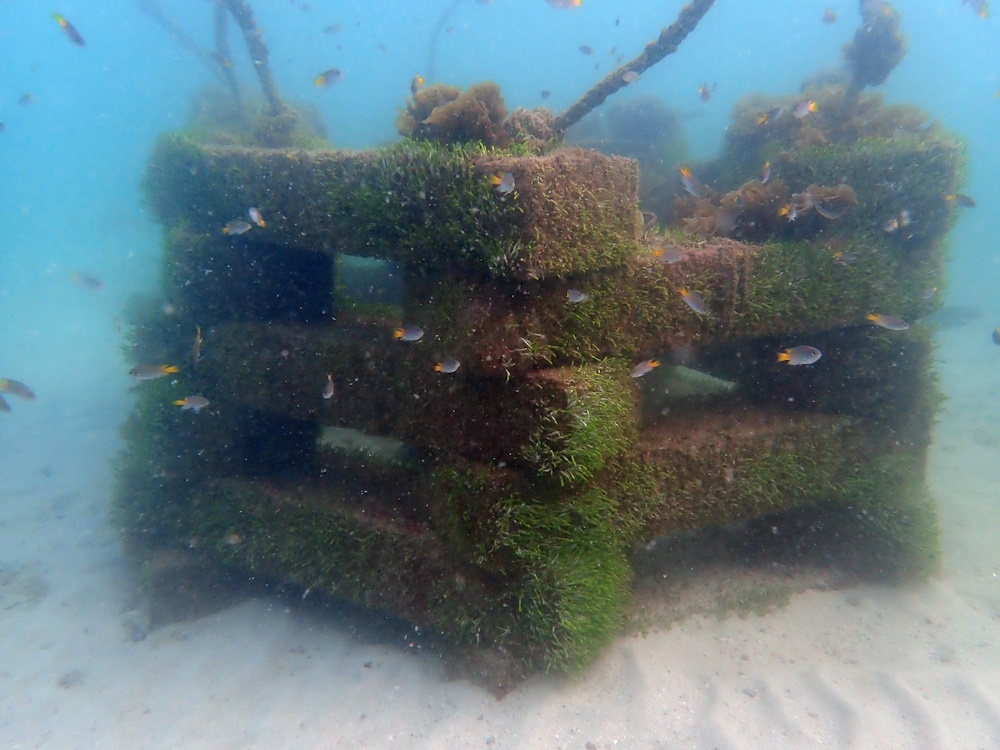Endangered Irrawaddy dolphins and Dugongs recover in Cambodia with our help

Endangered Irrawaddy dolphins and Dugongs return to Kep archipelago in Cambodia
By Scott Hecker, ICFC Director of Bird Conservation
September, 2024
When Paul Ferber, the founder and Director of Marine Conservation Cambodia, began working in Kep province, he was met with confusion by many who did not understand why he was focusing on a tract of ocean already devastated by human activity.
“Why do you want to conserve it, it’s not beautiful, it’s already destroyed, the waters are brown and dirty,” Paul recalls people saying.
But Paul saw the potential. After eleven years of “blood, sweat, and many tears,” with a team dedicated to restoring and protecting the marine environment, the results validate Paul’s vision: The water has become clear, fish stocks have rebounded, and diverse marine habitats flourish once again.
The Canadian marine biologist Amanda Vincent brought Paul to ICFC’s attention in 2016. At the time, Paul needed funds for a speed boat. We said yes. The boat enabled the brave MCC team to chase illegal trawlers (mostly from Vietnam), get boat identification numbers, and assist the government with enforcement, which included confiscating nets and making arrests. The Cambodian government understood that this work would not only restore marine ecosystems but would improve local livelihoods and enable fisher families to sustainably harvest local crabs, fish, and shrimp.
Right away they had success, but what happened next was a game changer. Enforcing marine laws is necessary but difficult. Was there a way to deter fishing 24-7? The answer developed by the MCC team was a “Conservation and Anti-Trawling Structure” (CANTS) that sit on the ocean floor in shallow water areas subject to illegal bottom dragging. CANTS consist of inexpensive cement blocks assembled underwater by divers into a hexagonal meter-high structure . Placed around and within marine protected areas, these immovable structures snag nets of trawlers and are a powerful deterrent. Hundreds have been deployed to protect the entire Kep Marine Fisheries Management Area (MFMA).

The Kep MFMA now has 2,000 hectares of seagrass regrowth, of which much is Halophila ovalis or dugong grass. The team continues to report an increasing population of endangered Irrawaddy Dolphins and along with the return of Dugongs to the area. In recognition of MCC’s success, the site was declared a “Hope Spot” by Mission Blue, led by world-renown oceanographer Dr. Sylvia Earle.
MCC has succeed in leveraging ICFC’s support in obtaining major funding from the Asian Development Bank to deploy CANTS across Cambodia (!). And the anti-trawling device has been fashioned into a new design deployed by the Mexican Navy to save the world’s most endangered sea mammal, the Vaquita porpoise.
ICFC remains committed to the long-term success of this project.
For more information, see our project page and a related article by Mongabay. Support for this project is welcome!
International Conservation Fund of Canada Copyright © 2009-2025
Registered Canadian charity # 85247 8189 RR0001
